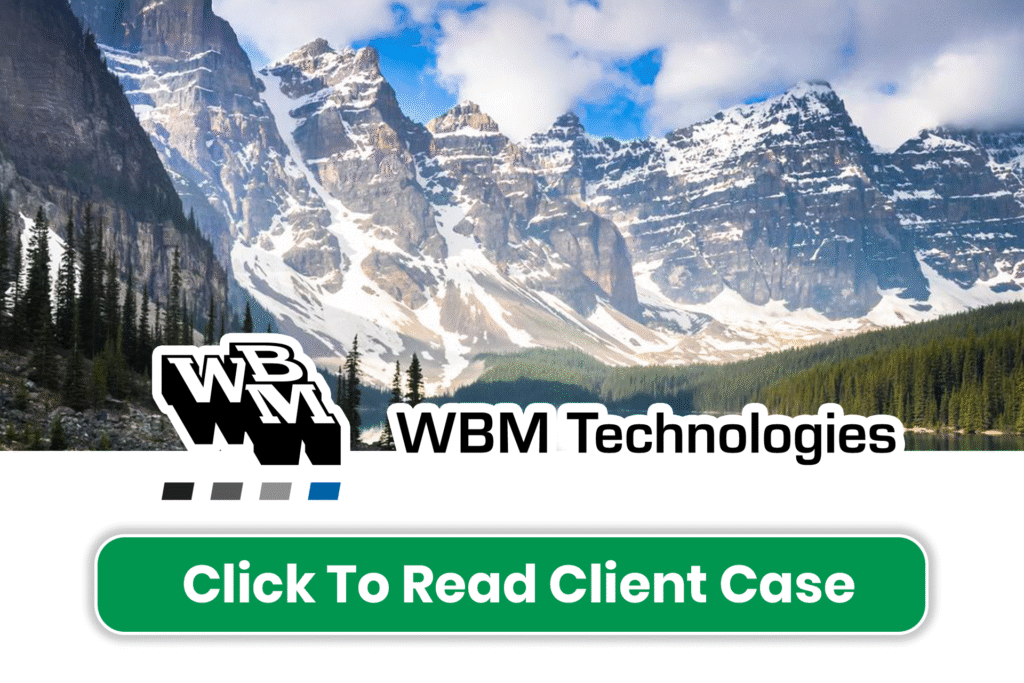When it comes to business operations, the terms “value chain” and “supply chain” are often used interchangeably. However, understanding the difference between the two is critical to achieving optimal business efficiency and success.
In essence, the value chain is the process by which businesses create and deliver value to their customers. It involves a series of interconnected activities, from product development to marketing and distribution. On the other hand, the supply chain is the network of suppliers, manufacturers, and distributors that work together to create and deliver products and services to customers.
While there is some overlap between the two, it’s essential to recognize their unique differences and implications for business effectiveness. Successful businesses not only optimize their value chain but also develop a robust supply chain to ensure seamless and efficient operations from end to end.
In this article, we will examine the value chain and supply chain in detail, highlighting their differences and discussing their implications for optimal business efficiency and success.
Key Takeaways
- The value chain and supply chain are two interconnected business concepts that contribute to an organization’s efficiency and effectiveness.
- The value chain is the process by which a business creates and delivers value to its customers, while the supply chain is the network of suppliers and distributors that work together to create and deliver products and services.
- Successful businesses must optimize both their value chain and supply chain to achieve operational excellence and enhance overall success.
Understanding the Value Chain
The value chain comprises a series of connected activities that work together to add value to a product or service from the raw materials stage to the final delivery to customers. The fundamental goal of the value chain is to contribute to value creation within a business, improving efficiency and effectiveness in the process. The value chain typically consists of two types of activities: Primary activities and Support activities.
Primary Activities
The primary activities in a value chain are the core processes involved in the creation, sale and delivery of the products or services. These include:
- Inbound Logistics: This activity focuses on receiving, storing, and distributing the raw materials and components used in the production process.
- Operations: This activity involves the transformation of raw materials and components into finished products.
- Outbound Logistics: This activity involves distribution of finished products to customers.
- Marketing and Sales: This activity promotes and sells products and services to potential customers.
- Service: This activity provides after-sales service to customers, such as maintenance or technical support.
Support Activities
Support activities are the functions that make primary activities possible. They include:
- Procurement: This activity involves selecting and establishing relationships with suppliers to acquire the necessary raw materials for the primary activities.
- Technology Development: This activity involves the development of technology to improve processes, products, and services, making the entire value chain more efficient.
- Human Resource Management: This activity supports the recruitment, development, and management of employees needed to carry out primary activities.
- Infrastructure: This activity refers to the support structures needed for the entire value chain to function, such as accounting, legal, and financial resources.
Value creation occurs when there is a synergy between primary and support activities. The primary activities create value through the creation, sale and delivery of products or services. The support activities improve efficiency and effectiveness in the process and, consequently, impact the overall value chain. Companies that are capable of optimizing their value chain can become more competitive by creating high-quality products and services at a lower cost.
Unpacking the Supply Chain
Supply chain management is a critical aspect of any successful business. It involves the coordination and management of several interconnected activities, including procurement, production, distribution, and logistics. Together, these elements ensure that goods and services reach customers efficiently and on time.
Procurement involves sourcing raw materials and other inputs required for production. Production, on the other hand, involves the conversion of inputs into finished goods. Distribution is concerned with getting the finished products to customers or retailers, while logistics encompass the transportation, warehousing, and management of inventory.
Each of these activities has a significant role to play in ensuring the smooth flow of goods and services along the supply chain. A disruption in one area can have far-reaching consequences, leading to delays, missed deadlines, and decreased customer satisfaction.
Understanding and managing the supply chain effectively is vital to the success of any business, and requires meticulous planning and execution to ensure that each element operates seamlessly together.
Key Differences and Implications
While the value chain and supply chain share some similarities, they differ in significant ways that can impact business success. Understanding these differences is crucial in optimizing efficiency, effectiveness, and staying competitive.
The value chain is primarily concerned with adding value to products or services. In contrast, the supply chain is responsible for the flow of goods and services from suppliers to customers. The value chain is centered around value creation, while the supply chain is focused on meeting customer demand.
Efficiency and effectiveness are critical factors in both the value chain and supply chain. However, while the value chain is process-oriented and focused on optimizing value creation, the supply chain is customer-oriented and prioritizes the delivery of goods and services to maximize customer satisfaction.
Competition also differs between the two. The value chain emphasizes product differentiation and improving processes to gain a competitive advantage, while the supply chain is more focused on meeting customer needs and reducing costs through effective logistics management.
Customer satisfaction is essential in both the value chain and supply chain, but their approaches differ. The value chain focuses on creating value for customers by producing high-quality products, while the supply chain emphasizes timely delivery of goods and services.
By aligning the value chain and supply chain, businesses can integrate their processes to enhance efficiency and effectiveness, ultimately leading to increased customer satisfaction and competitive advantage. Thus, businesses should prioritize understanding the differences between the two and tailor their strategies accordingly to achieve optimal outcomes.











